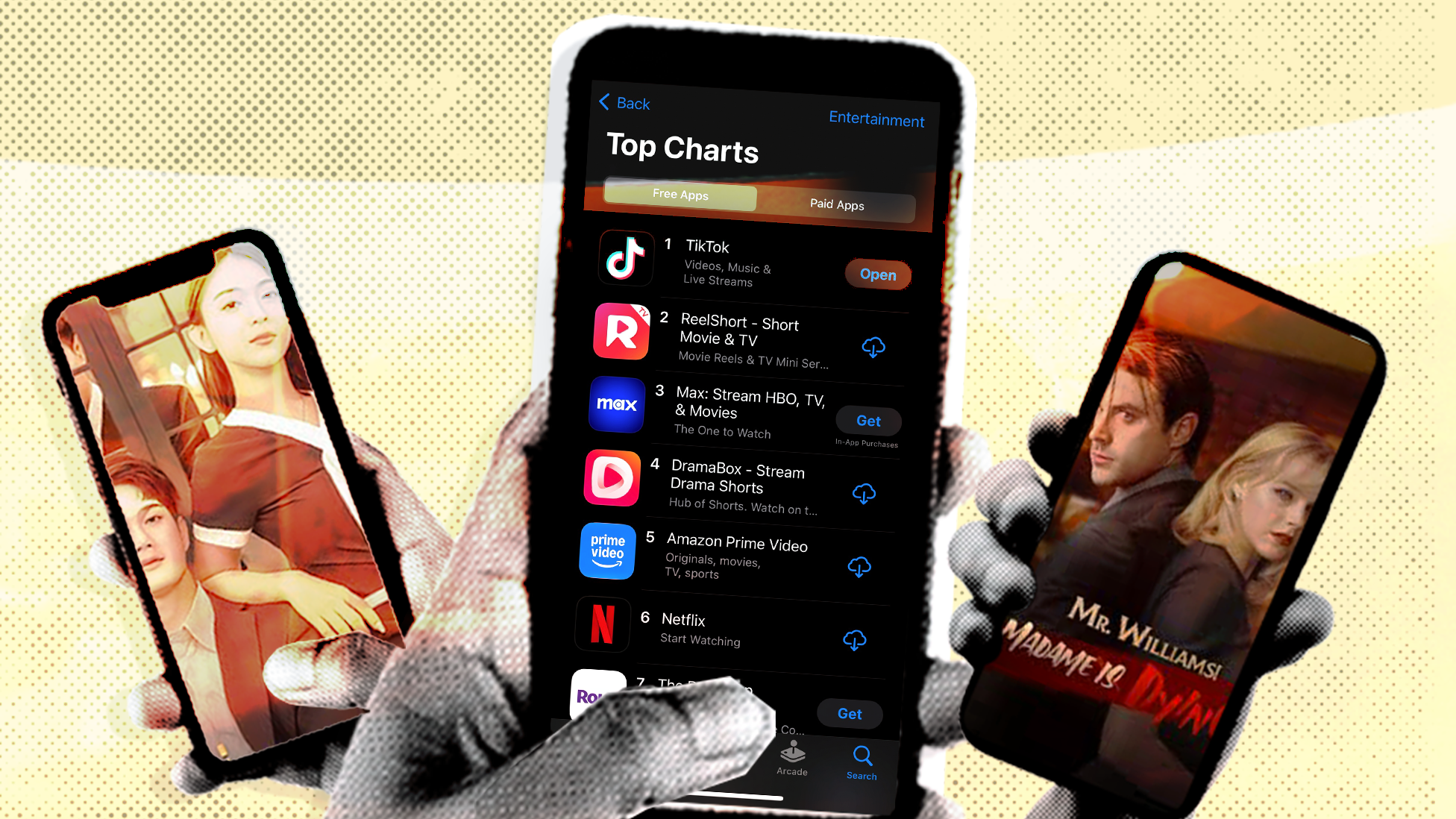Generation Z. From great global connectivity to isolation

The phenomenon of social networks has brought to the world a capacity for connection ever seen. Individuals from the four corners of the world now have the possibility of remaining in instant contact, discarding the slowness of traditional communication pathways. According to data from Statist5.24 billion people use social networks. Thus, it does not seem difficult to conclude that the world has never been less isolated, with about two thirds of its population to attend the so -called global public squares. But is it anyway? According to several studies, no.
Isolation is growing, something that puts us in the face of an obvious paradox. We are more connected than ever, but at the same time alone. And has it always been like this since the creation of these tools that allow connectivity Online? How did we reach this point, and what are the branches of this isolation, especially in the younger ones?
Facebook, a revolution
« My goal has never been just creating a company, » said Mark Zuckerberg in 2011. « Many people interpret it wrong, as if I don’t worry about the recipes or profits or with any of these things. But what not just a company means to me is not just that – building something that really makes a big change in the world. » Seven years earlier, Zuckerberg had launched the Facebook. Not having been the first social network, he launched the technological revolution to another level.
Created in order to serve as a communication network among Harvard University students, where Zuckerberg studied computer sciences for two years before leaving the course, the course Facebook Today leads the ranking of the largest social networks in the world, with a number of users equivalent to approximately 38% of the world’s population.
“The mission of Facebook It is giving people the power to build communities and bring the world closer. As a company, we explore the way people can join each day and repay their communities on a large scale. We provide our community with various tools that can be taken advantage of to improve social impact, ”is the message that can be read in website official of Goalcompany that holds the Facebook. Once again, the goal of “bringing the world” underlines.
A poll conducted by Gallup in partnership with Goalpublished in 2023, shows that « more than seven out of 10 adults in respondents in 142 countries in 2022 claimed to feel » very much « or » reasonably « linked to people. In fact, in almost every country (138 of 142), at least half of the population said they felt the same way. » Also in the age group between 13 and 17 years, according to a 2022 poll prepared by the Pew Research Centerwidespread feeling seems to be positive: « Eight out of ten teenagers say that what they see on social networks makes them feel more linked to what goes on in their friends’ lives, while 71% say it makes them feel that they have a place where they can show their creative side. » Thus, it can be said with some security that the main objective has been achieved.
The reverse of the medal
“A study with young people between 19 and 32 years old revealed a strong linear association between the increase in the use of the media and the increase in social isolation perception,” reads an analysis by the Regis College.
Abby Bowler, in a scientific article entitled “Isolation Among Generation Z in the United States”(Isolation of generation Z in the United Statesin a free translation to Portuguese), published in April 2020 in the BALLARD BRIEFpresents the positive relationship between the use of social networks and the feeling of isolation – the paradox mentioned at the beginning – in generation Z (generation of people born between the late 1990s and early 2010s). “Generation Z is the most lonely generation that the world has ever seen, with higher isolation rates than millennials (Born between 1981 d 1996) and members of Generation X (born between 1965 and 1981), ”says the American researcher.
« Factors such as the use of the media contribute to feelings of loneliness that are aggravated by the vulnerability and exclusion of peers often experienced during adolescence, » writes Bowler, which will negatively impact « the physical and mental health of adolescents. » The author also mentions concrete effects, such as “decreased sleep efficiency, a weakened immune system and depression” and propensity to “participate in risk behaviors such as substance abuse” and has come to the conclusion that “adolescents who use social networks are more likely to feel alone than those who use social networks less”.
On the other side of the Atlantic in the UK, the results are similar. An inquiry from Department for Culture, Media and Sport (DCMS), a branch of the British executive, cited in an article published by Profiletree titled “Social Media Isolation Statistics: Is Social Media Making Us Lonely?”(Statistics on isolation on social networks: Are social networks becoming lonely?in Portuguese), reveals that “young people (16-24) are more likely to loneliness (10% frequently/always lonely) compared to older age groups (3-9% frequently/always lonely) (ONS – Community Life Survey).
The article of Profiletree Three main causes of this feeling of isolation among young people: the “carefully presented online persona worship” -where “this facade of perfection creates an unrealistic pattern of comparison, leading others to feel inappropriate and to think that their own life is insufficient” -the “dark side of social interactions: Cyberbullying and exclusion ” – which leaves“ the victims with a feeling of ostracism, isolation and a significant decrease in self -esteem ” – and the replacement of“ real -world interactions ”, since“ excessive dependence on online communication can lead to a decline in face to face interaction and the ability to build meaningful relationships in the real world ”.
Still, and according to the analysis of the Regis College Previously mentioned, several studies “revealed that the relationship between social networks and social isolation is complex” and that “social isolation cannot be entirely attributed to the use of social networks”. Regardless of this conclusion, the previous data show that, in fact, a tool that began to increase connectivity and mitigate isolation eventually has the reverse of its medal, especially in younger generations that are « daughters » of this new technological world.






